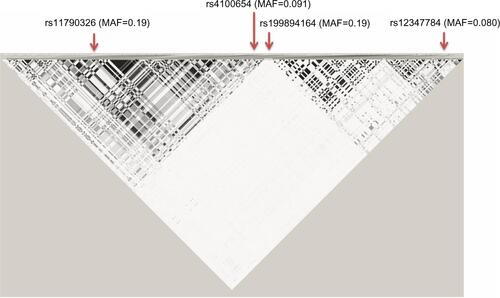Abstract
In the past decade, the pharmaceutical industry and biomedical research sector have devoted considerable resources to pharmacogenomics (PGx) with the hope that understanding genetic variation in patients would deliver on the promise of personalized medicine. With the advent of new technologies and the improved collection of DNA samples, the roadblock to advancements in PGx discovery is no longer the lack of high-density genetic information captured on patient populations, but rather the development, adaptation, and tailoring of analytical strategies to effectively harness this wealth of information. The current analytical paradigm in PGx considers the single-nucleotide polymorphism (SNP) as the genomic feature of interest and performs single SNP association tests to discover PGx effects – ie, genetic effects impacting drug response. While it can be straightforward to process single SNP results and to consider how this information may be extended for use in downstream patient stratification, the rate of replication for single SNP associations has been low and the desired success of producing clinically and commercially viable biomarkers has not been realized. This may be due to the fact that single SNP association testing is suboptimal given the complexities of PGx discovery in the clinical trial setting, including: 1) relatively small sample sizes; 2) diverse clinical cohorts within and across trials due to genetic ancestry (potentially impacting the ability to replicate findings); and 3) the potential polygenic nature of a drug response. Subsequently, a shift in the current paradigm is proposed: to consider the gene as the genomic feature of interest in PGx discovery. The proof-of-concept study presented in this manuscript demonstrates that genomic region-based association testing has the potential to improve the power of detecting single SNP or complex PGx effects in the discovery stage (by leveraging the underlying genetic architecture and reducing the multiplicity burden), and it can also improve power in the replication stage.
Supplementary material
Acknowledgments
We thank Fang Chen, Lin Li, and Dilan Paranagama for their contributions to the implementation and evaluation of the methodology and simulation studies.
Disclosure
This study results from the employment of all authors by BioStat Solutions, Inc. (BSSI). The authors report no conflicts of interest in this work.

